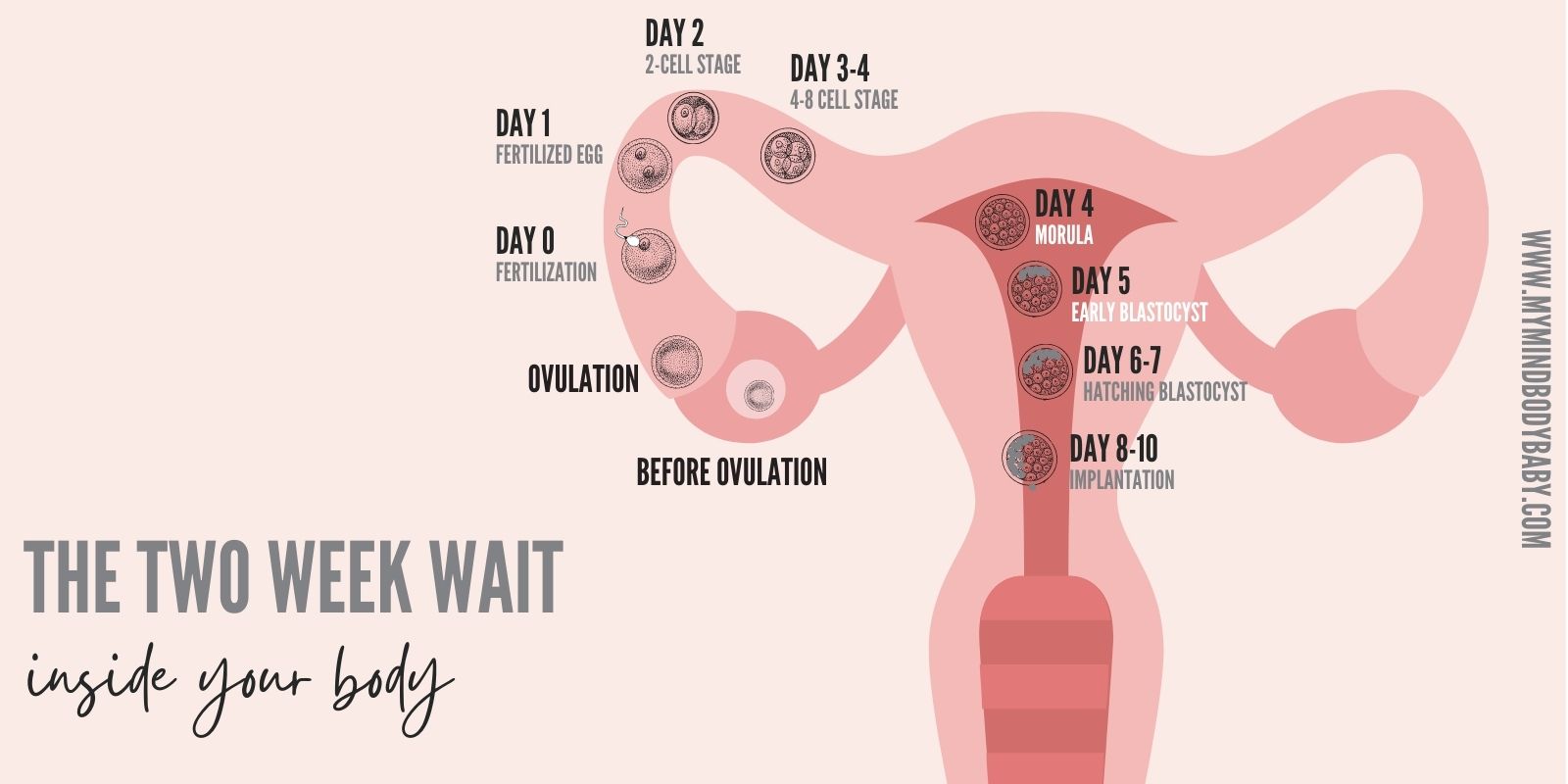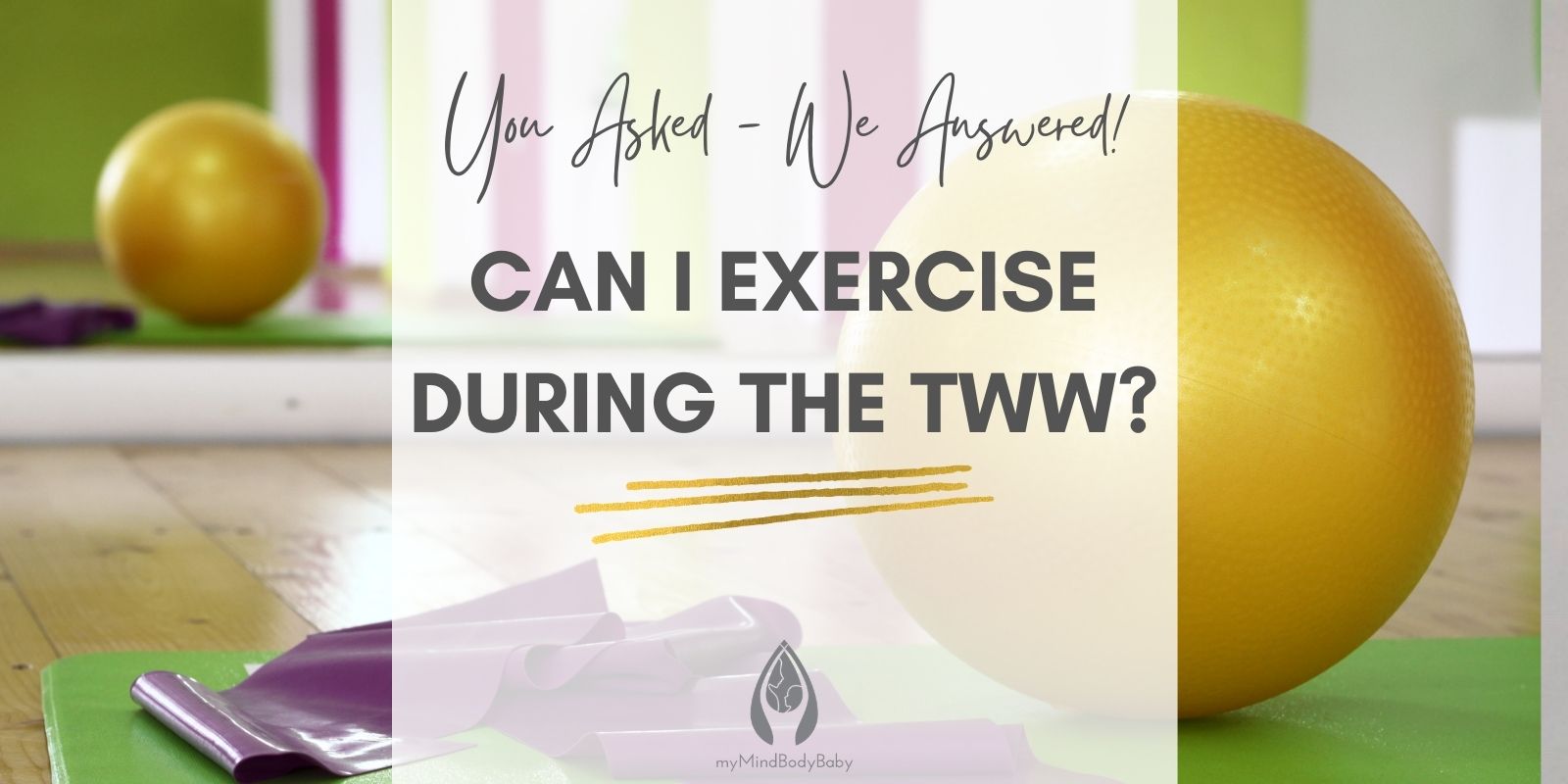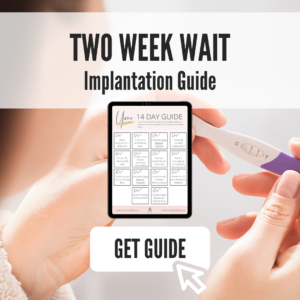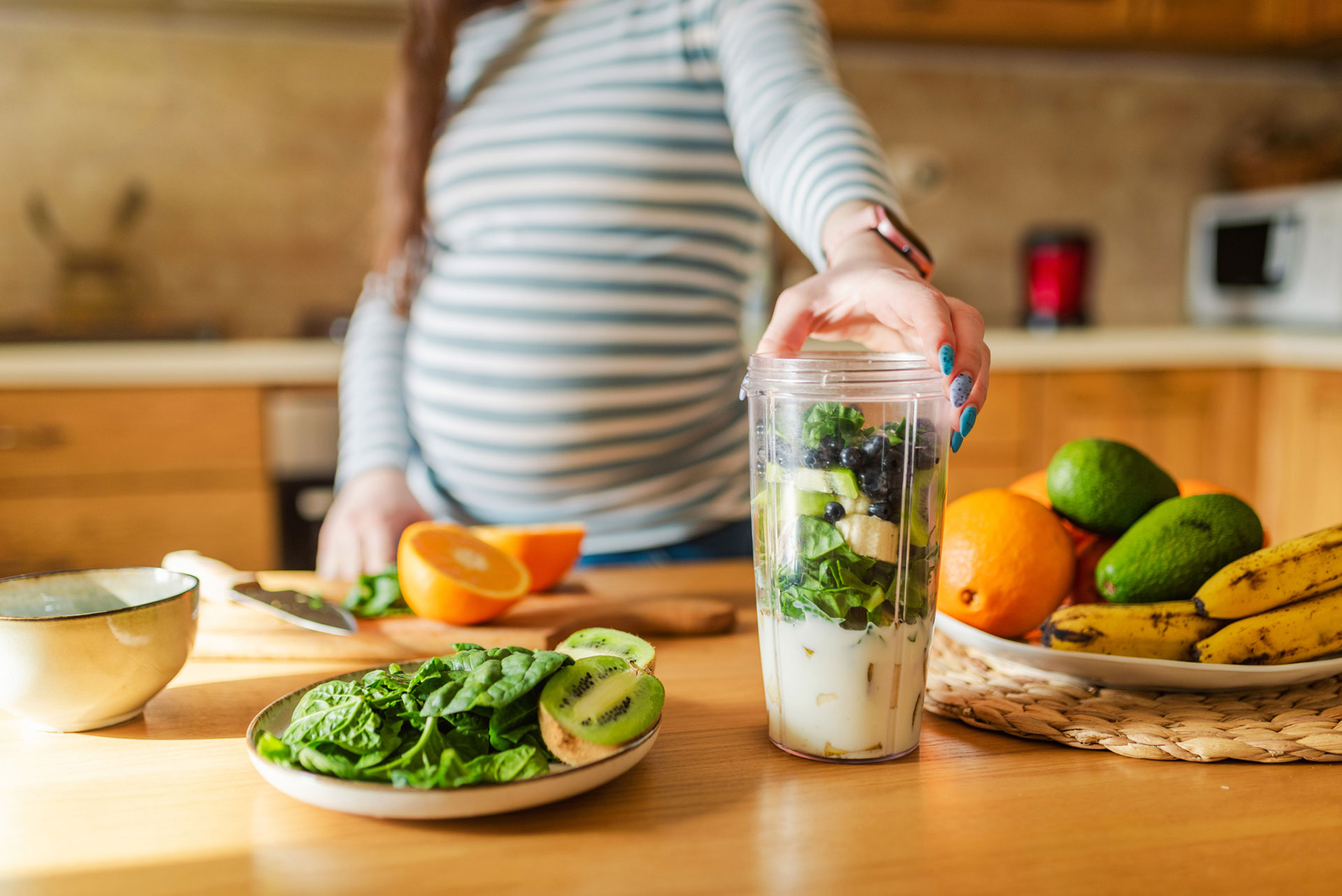“Should I Exercise During the Two Week Wait?” | myMindBodyBaby
Exercise is a great form of stress-relief and energy and mood management. All which are beneficial during the two-week wait (TWW) – a time where stress can be high, energy may be depleted and your moods are all over the place. But should you be exercising during the TWW if you are hoping to see those two pink lines?
The Answer?
Yes. As long as you have not been instructed otherwise by your healthcare team, regular, moderate exercise can be continued throughout the two-week-wait. Let’s look at the details a little further.
When is the two week wait?
The TWW is your luteal phase. The luteal phase starts after ovulation and ends when your period begins or you become pregnant. For some people this might actually be two weeks, for others it might be a few days more or less.

If the ovulated egg was fertilized this month then it is during TWW it has the chance of implanting into your uterine lining. Implantation is required for pregnancy to occur. We have created a 14-day guide to help get you through the two week wait feeling calmer + taking action to optimize your chances of implantation. Grab the guide here below!
TWW Exercise + Research
Regular, moderate exercise has been shown to support fertility – this means aiming for 20-30 minutes of exercise most days a week at a level you can talk in short bursts at, but not sing (if you can sing you can up the intensity a bit!). On the other hand, intense, prolonged and vigorous exercise can negatively impact fertility. Studies have shown that too much exercise can increase your menstrual cycle length (the time between periods) and follicular phase (the time between when your period ends and before you ovulate) while actually shortening the luteal phase (this is the critical phase where implantation occurs).
One study demonstrated that women who engaged in regular, moderate exercise had higher implantation and birth rates following assisted reproductive treatment.
Finding a Balance
While you may be reassured by this research if you have anxiety about working out while waiting for your pregnancy test you need to balance the benefit of the exercise with the stress a workout may cause. If your regular 30-minute cardio workout is going to cause MORE stress because you’re concerned about over-doing it, then you might find it better to take it down a notch during the two-week-wait.
Instead of going for a run, try a walk. Instead of your sweat-inducing favorite cardio workout, video try an uplifting yoga flow.
If you have worked hard to achieve a certain fitness level, do not despair. It took you a while to build up your strength and stamina to get to where you are at – it’s going to take a lot longer than two – weeks to undo all the benefits your past exercise has given you.
Exercise is perfectly safe (and very much recommended!) during pregnancy, so once you see those two pink lines you may feel more comfortable resuming some of your regular workouts.
Listen to YOUR body – and mind – and choose the option that feels the best for you.
Summary? Regular, moderate exercise, unless otherwise advised, is likely to support fertility (which includes implantation rates!) in women. For some, intense, vigorous exercise may negatively impact ideal hormone and energy levels interfere with their fertility.





